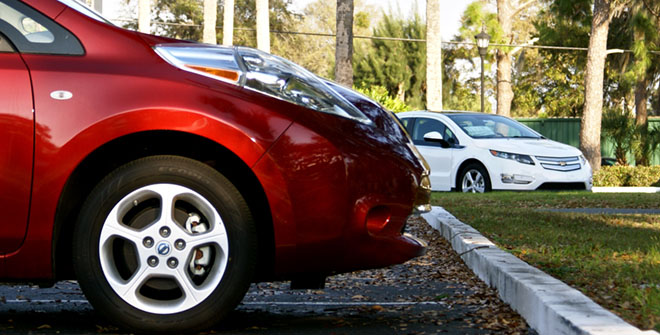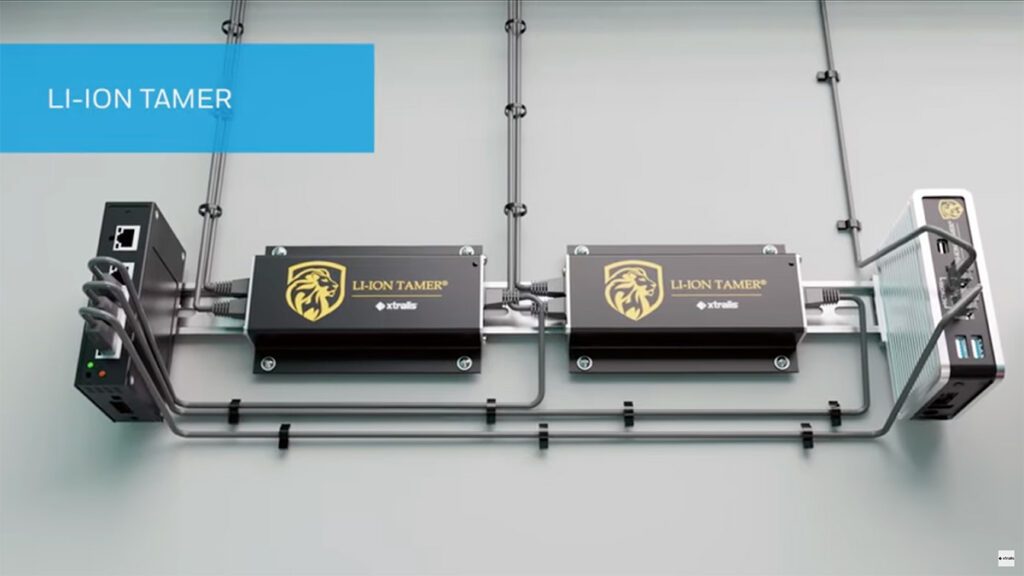Many electro-skeptics concede that electrification is the future, but maintain that major breakthroughs will be needed before EVs are practical. Others insist (despite the findings of studies, studies and more studies) that going electric has little impact on carbon emissions.
A new paper by MIT Professor Jessika Trancik and colleagues, published in the journal Nature Energy, gives the lie to both species of naysayers, finding that current EVs could meet the needs of about 90 percent of drivers, at a total cost no greater than that of legacy ICE vehicles. EVs could also play a significant role in meeting emissions reduction goals. Furthermore, assuming battery technology improves at the expected rate, by 2020 up to 98 percent of vehicles could be replaced.
“Roughly 90 percent of the personal vehicles on the road daily could be replaced by a low-cost electric vehicle available on the market today, even if the cars can only charge overnight,” Trancik says, “which would more than meet near-term US climate targets for personal vehicle travel.” Overall, when accounting for emissions from today’s power plants, this would lead to a 30 percent reduction in emissions from transportation.
The MIT researchers integrated two huge datasets: a detailed set of second-by-second driving behavior based on GPS data, and another more comprehensive set of national data based on the 2009 National Household Travel Survey, which studied households across the country to learn how and where people actually do their driving. Together, the two datasets encompass millions of trips made by drivers all around the country.
Another interesting finding was that the potential for shifting to EVs is fairly uniform for different parts of the country. “The adoption potential of electric vehicles is remarkably similar across cities,” Trancik says, “from dense urban areas like New York, to sprawling cities like Houston. This goes against the view that electric vehicles – at least affordable ones, which have limited range – only work in dense urban centers.”
The study did identify one caveat: there will always be a small number of driving situations that require a greater range than that offered by lower-cost EVs. The writers suggest that such needs could be met by renting an ICE vehicle or using a car-sharing service (the study did not consider the possibilities of PHEVs).
Source: MIT News, MIT Technology Review





















































































